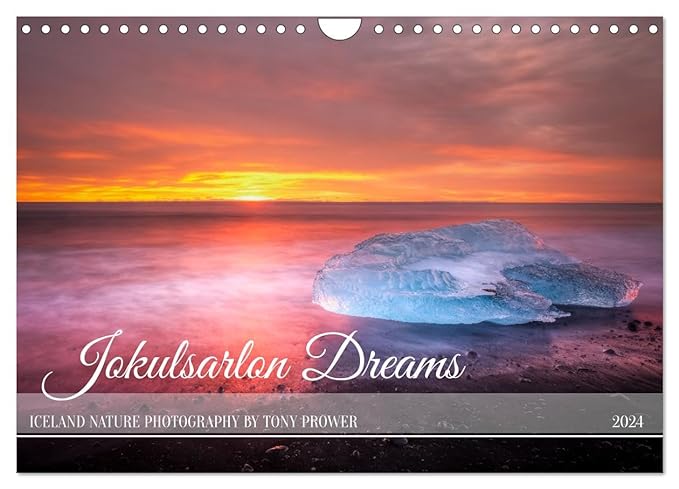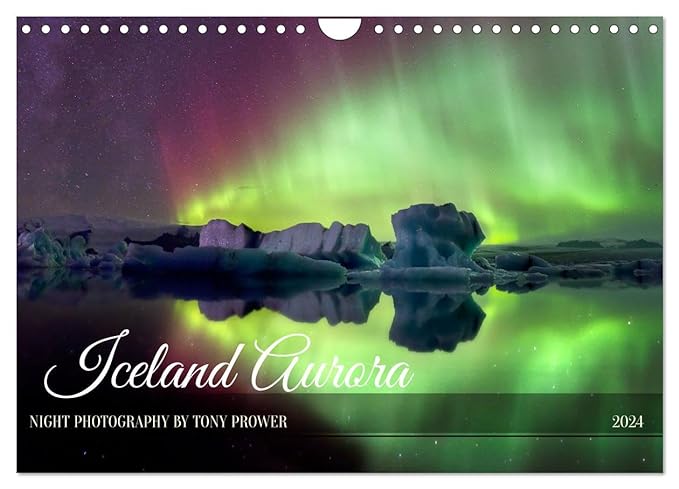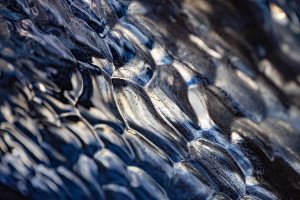Light entering the eye and being processed by the visual areas of the brain is a fascinating journey. Some of the brain functions are only just being discovered and very little is really understood. The subject can become incredibly complicated, so I hope to simplify things and not get caught up in technical terms. But it is something worth studying seriously because I think it can give those learning photography some interesting insights when it comes to all aspects of photography.
Colours and Stroop
The Stroop test is a great way of interrupting a visual task by distracting the brain with words. See John Ridley Stroop 1935.
Outloud: name the colour of each word out loud – in both boxes:
[learn_more caption=”Click here – time yourself”]
[box type=”shadow”]
Private Northern Lights Tours
Red
Brown
Blue
Green
[/box]
[/learn_more]
[learn_more caption=”Click here – time yourself”]
[box type=”shadow”]
Red
Blue
Violet
Orange
[/box]
[/learn_more]
What strategies do you use to complete the test successfully?
If you find this interesting, this is the sort of things studied in Cognitive Psychology. This is the study of memory, thought and language.
Can you feel the struggle that is going on in your head? Slow down and your brain to come back and adjust to just processing the words again. The struggle you might have felt was with your visual attention system. To complete the task in the box on the right, you have to concentrate on just the physical colour of the letters and to ignore the meaning of the words. Your ability to name colours has a bug, this is an example of one language function messing with another. The extra attention requires mental effort.
So how does this relate to photography?
The journey “from eye to understanding” involves several different areas of the eye and brain. Each area has its own speciality according to the nature of the task and some brain areas interfere with others. This obviously applies directly to the creation and presentation of an image. Consider that some aspects of an image could interfere with other aspects of your image. For example, are the colours distracting you from the shadows? or is all that detail getting in the way of the lines?
[box type=”shadow”]
Blink: every time you blink it sends a wave of electricity through your brain.
Can you feel it?
[/box]
If you have enough attention power, understanding the retina is incredibly useful for photography, and then, how the LGN works with the retina gives us some understanding in the role of emotion in vision. Is that worth hanging on for?
Visual Distractions
The retina covers the inside of your eyeballs – at the back. The retina has Cones (colour sensitive cells) very dense in the center of the retina (the Fovea) and becoming rarer towards the outer-edges. The retina also has Rods (fast acting light sensitive), these are distributed kind of the opposite to Cones, with less in the center, but dominating the outer regions. The center of the retina is your central vision. The outer edges (or periphery) of your retina is your peripheral vision. Reading and inspecting images is done with central vision (Cones), night vision and evasive action is dealt with by peripheral vision (Rods). The retina is similar to your digital sensor, or Negative film. The cells in the center are like iso 100, good colours, low noise, good details. The cells in the outer retina (Rods) are like iso 3200, very fast, but not very good details and noise issues. The retina is not like your sensor/film because it requires eye, movement, masses of brain feedback and several different focus planes to view the same scene. The brain reconstructs each scene like a focus-stacked, HDR, stitch-panorama.
[box type=”shadow”]If you find this interesting, this is the sort of things studied in Biological Psychology. This is the study of Neurons, brains and the body.[/box]
Reading process
When we read, it is attention which keeps the words in our central vision. As you read this, the rest of the room outside of your computer screen is barely an impression, but if something white flies in from the right, your attention would change very fast.
This happens every time you read a word!!
Eye – Retina – Fovea
Lateral Geniculate Nucleus (LGN)
Visual brain – Occipital lobe
Understanding – Frontal cortex
Ok, so I promised not to get technical. I am so naughty!! But, the journey outlined above happens every time you read a word (and there are muscles involved), normally this happens instantaneously, so fast we don’t even consider it to be a process, until I throw in a strange word – “emotional centers are so close to the pulvinar which lies ventral to the LGN.” – which might slow down the process enough to give you some feeling of the process. Introducing an unfamiliar word creates a delay at the final stage “Understanding”. Alternatively, if I am able to physically manipulate the words with colours or strikethrough, you might observe some slowing at the first stage.
Emotional Distractions
Try this Stroop test…
Outloud: Get a stop watch to time yourself… name the colour of each word out loud – in both tests:
[learn_more caption=”Click here – time yourself”]
[box type=”shadow”]
Test 1.
House
Shock
Button
Car
[/box]
[/learn_more]
[learn_more caption=”Click here – time yourself”]
[box type=”shadow”]
Test 2.
Road
Vomit
Hate
Burn
[/box]
[/learn_more]
Did you notice anything distracting your task?
LGN – Lateral Geniculate Nuclei
This is a mid-brain structure. Think of it as a kind of switch-board between your eye and your higher brain. In basic terms, the LGN keeps the same map as the retina at the back of the eye, so objects in your central vision are being directed to the Visual Cortex. Here, there are cells which respond to – horizontal lines and || vertical lines |-|-|. and dots and circles. The visual brain talks back to the LGN – e.g. “find the next word please”. If your concentration is good, you can finish a whole book like this. If nothing is distracting you, all that central visual information will be “Fast-tracked” to the language areas in the left hemisphere. If “Understanding” is not achieved, the message is sent back to the LGN, which instructs eye muscles to retrace their steps.
But, what happens if you break from the words for a picture…
[learn_more caption=”Click here to View”]

[/learn_more]
Hopefully a larger area of your retina was brought into play. The fast tracking from central vision to language brain stopped and your eye was allowed to wander in a less constrained way and with a different agenda. Hopefully there was some experience of emotion? This would have been the LGN. The mid-brain has good connectivity with the emotional centers of the brain. The emotional centers play a huge role in memory, but emotional factors can also communicate back to the LG, i.e. “Please look out for any fit n sexy girls, I am feeling horny”. Your eyes will be faithfully directed to all shapes and sizes of breasts and buttocks, whether you like it or not.
Visual Emotion
If a photograph is suddenly presented, or a white object suddenly appears, the reading task is over and instead the LGN is now giving information to other areas of the brain, such as the Hippocampus – to deal with awareness of space, or to the Motor cortex – in case action is required. The Hippocampus and Motor cortex will also be feeding back to the LGN which will direct the collection of more visual information. All of these systems and processes are closely related to memory, suffice it to say that our memories of the past can affect the way view the present.
Now consider the last Stroop test. If you experienced some slowing in the task, this could be because the words alerted some emotional centers of the brain, interrupting the task at an early level. This is more likely to happen if you have suffered a recent trauma, or if you have Post-traumatic stress disorder (PTSD). See Moradi et al 1999.
So, if emotional content can interrupt the journey from eye to brain. I would like to explore how studying the arts such as visual – painting or photography can enhance or even change the way we use our brain, redirecting the visual path. Maybe we can become more in touch with our emotions through art. Maybe we can improve our memory by training those emotional centers. Many studies show that emotional content is remembered more clearly, if we can direct our attention to appreciate a photograph every now and then we are re-directing visual information through those areas of the brain which have better memory for detail. Maybe taking photographs or viewing photographs regularly can improve our memory for detail. Maybe taking photographs or viewing photographs can help us switch off our active, depressed or worrying minds.
What can photography do for Autistic or ADHD kids and adults?
[box type=”shadow”]If you find this interesting, some of these things are studied in Abnormal Psychology. This is the study of how we differ as a species.[/box]



























